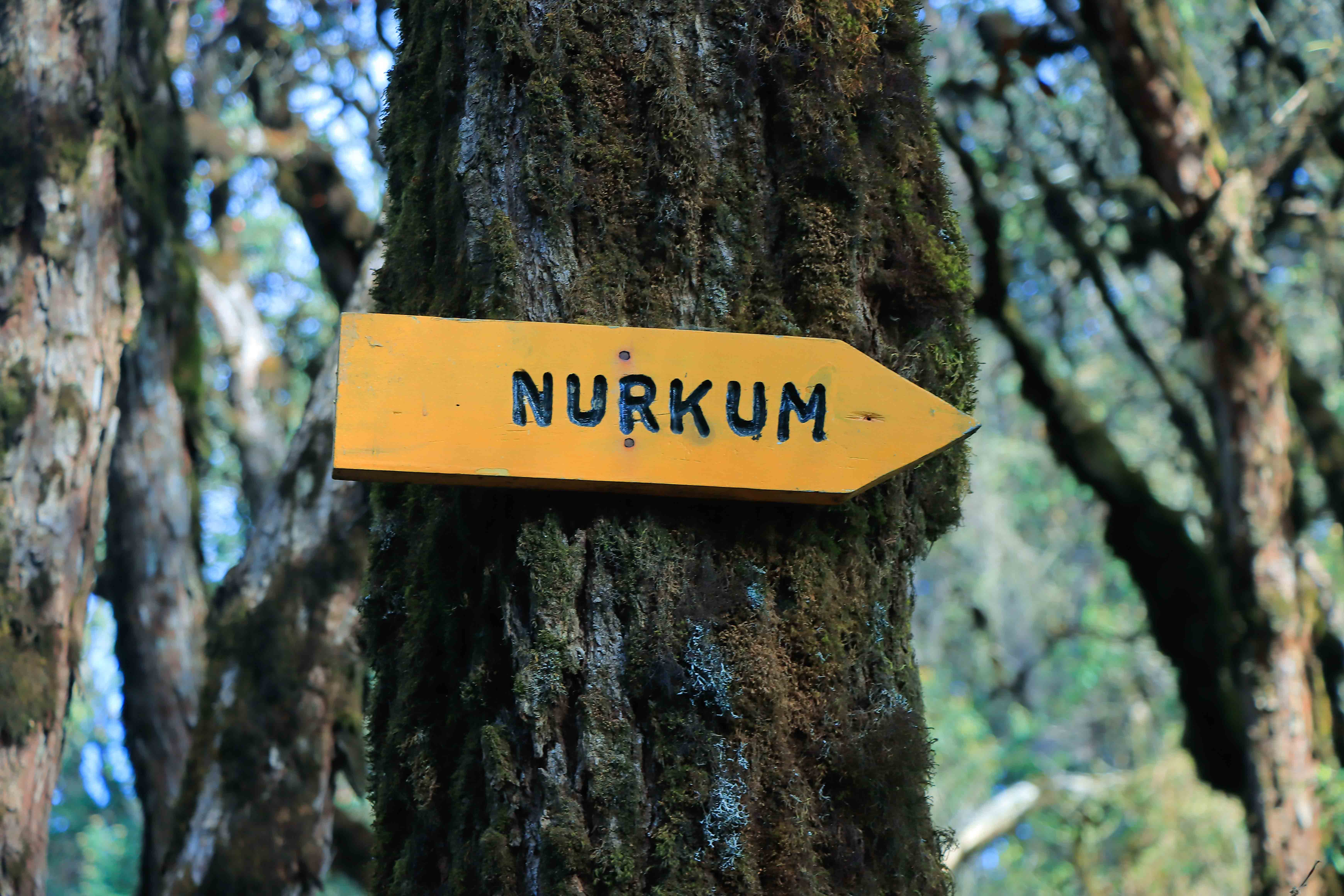
One Village One Yak Project in Solukhumbu District
2024-08-23
Introduction
This proposal advocates for the implementation of the "One Village One Yak" project in the Solukhumbu District, Nepal. The project aims to boost the population of Chauri (Cross with Yak and Cow), generate sustainable income in Himalayan communities, and ultimately aid in the increase of Yak numbers. By combining conservation efforts with income-generating activities, this project seeks to safeguard Yak herding traditions, promote economic resilience, and foster environmental sustainability in the region.
Objectives:
- Yak Population Growth: Increase the number of Chauri through strategic breeding programs, genetic management initiatives, and improved husbandry practices to enhance the genetic diversity and resilience of Yak populations in Solukhumbu District.
- Income Generation: Develop and promote value-added Yak products, such as Yak milk, cheese, wool, and meat, to create sustainable income-generating opportunities for local communities, diversify livelihood options, and improve economic well-being.
- Community Empowerment: Engage and empower Himalayan communities by providing training in Yak husbandry, sustainable land management, and entrepreneurship skills, enabling community members to actively participate in and benefit from Yak-related initiatives.
Components of the Proposal:
- Yak Breeding and Management: Implement breeding programs, artificial insemination services, and genetic conservation measures to increase the number of Chauri and improve the overall health and productivity of Yak herds in each village participating in the project.
- Product Development and Marketing: Support local cooperatives and women's groups in developing high-quality Yak products, establishing market linkages, and promoting the branding and sale of Yak goods to local and international markets.
- Training and Capacity Building: Organize workshops, skill development sessions, and educational programs focusing on Yak husbandry best practices, sustainable agriculture techniques, and business management to equip community members with the knowledge and skills needed to succeed in Yak-based enterprises.
Expected Outcomes:
- Increased Yak Population: The "One Village One Yak" project will contribute to the growth of Chauri numbers in Solukhumbu District, strengthening Yak populations, preserving genetic diversity, and supporting Yak herding traditions in the region.
- Income Generation: By promoting the production and sale of value-added Yak products, the project will create sustainable income opportunities for Himalayan communities, improving livelihoods, reducing dependency on seasonal agriculture, and enhancing economic resilience.
- Community Well-being: Through capacity building, entrepreneurship training, and community engagement, the project will empower local residents to take ownership of Yak-related initiatives, fostering a sense of pride, self-reliance, and community cohesion among Himalayan communities.
Conclusion
The "One Village One Yak" project in Solukhumbu District represents a holistic approach to Yak conservation, community empowerment, and economic development in the Himalayan region. By integrating efforts to increase Chauri numbers, generate income through Yak products, and empower local communities, this project aims to build a sustainable future that balances environmental stewardship, economic prosperity, and cultural preservation. Through collaborative partnerships, knowledge sharing, and inclusive development strategies, we can create a thriving ecosystem where Yak herding not only thrives but also serves as a catalyst for sustainable development, income generation, and community well-being in Solukhumbu and beyond.